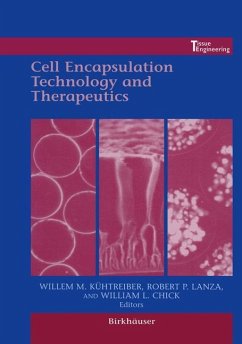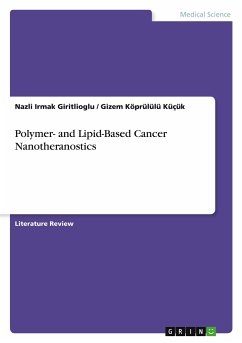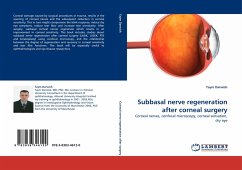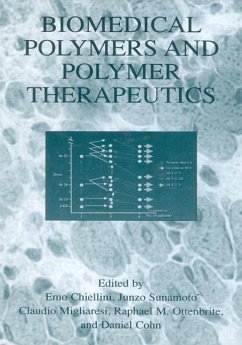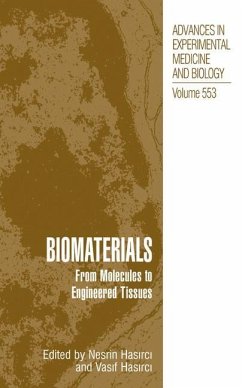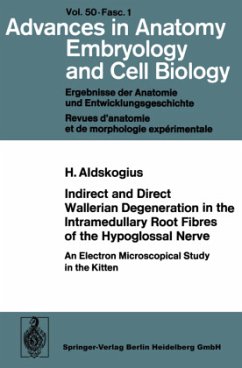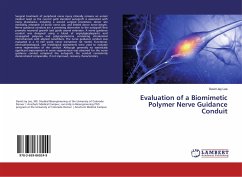
Evaluation of a Biomimetic Polymer Nerve Guidance Conduit
Versandkostenfrei!
Versandfertig in 6-10 Tagen
19,99 €
inkl. MwSt.

PAYBACK Punkte
10 °P sammeln!
Surgical treatment of peripheral nerve injury clinically remains an unmet medical need as the current gold standard autograft is associated with many drawbacks, including a second surgical procedure, donor site morbidity, mismatch of donor nerve size, and limited donor nerve length. Nerve guidance conduits are a promising alternative to the autograft that promote neuronal growth and guide axonal extension. A nerve guidance conduit was designed using a blend of arginylglycylaspartic acid conjugated polyurea and polycaprolactone containing intraluminal microchannels with aligned nanofibers. The ...
Surgical treatment of peripheral nerve injury clinically remains an unmet medical need as the current gold standard autograft is associated with many drawbacks, including a second surgical procedure, donor site morbidity, mismatch of donor nerve size, and limited donor nerve length. Nerve guidance conduits are a promising alternative to the autograft that promote neuronal growth and guide axonal extension. A nerve guidance conduit was designed using a blend of arginylglycylaspartic acid conjugated polyurea and polycaprolactone containing intraluminal microchannels with aligned nanofibers. The nerve guidance conduit was evaluated in a 10 mm sciatic nerve transection rat model. Functional, electrophysiological, and histological assessments were used to evaluate nerve regeneration of the conduit. Although generally no statistically significant improvement in nerve regeneration was observed for the nerve guidance conduit compared the autograft, the conduit consistently demonstrated comparable, if not improved, recovery characteristics.



